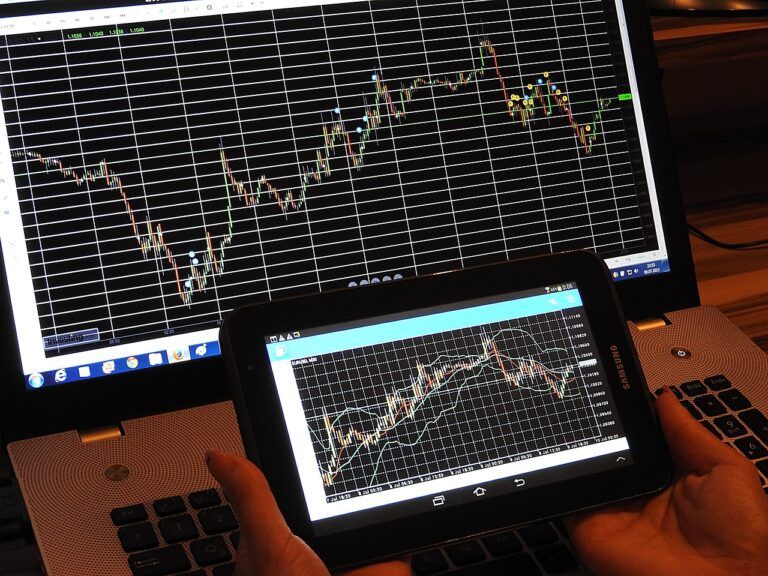Tether’s USDT stablecoin has seemingly kept on dominating the cryptocurrency trading scene, as Bitcoin to USDT volumes have increased their market share from 70% in February to 81.7% of all BTC trading volume in March.
According to CryptoCompare’s March 2019 Exchange Review, Tether’ USDT has kept on dominating the stablecoin scene as well. This, as data shows 98.7% of Bitcoin’s trading volume against four top stablecoins – USDT, USDC, PAX, and TUSD – was represented by BTC/USDT trading pairs.
While BTC/USD trading pairs dominate the crypto-to-fiat trading volume, even these were dwarfed by BTC/USDT trading. While the monthly trading volume against the US dollar was of about 1 million BTC (around $5.2 billion) in March, against USDT the volume came close to 9 million BTC (nearly $47 billion at press time)
 Source: CryptoCompare Exchange Review
Source: CryptoCompare Exchange Review
The stablecoin’s dominance even over fiat currency trading pairs may be related to a market share increase seen by pure crypto-to-crypto exchanges. These, according to CryptoCompare’s report, saw their volumes increase by 70% since February, to $267 billion. In contrast, exchanges offering fiat pairs saw their volume drop 8% to $58 billion in March.
It’s believed crypto-to-crypto exchanges are faster to see increased activity during market upswings, as cryptoasset capital inflows are faster and easier than fiat currency deposits on more regulated cryptocurrency exchanges.
While available data shows users could be showing increased confidence in Tether’s USDT, things may not be as clear. While several pieces of evidence have suggested the firm does have a dollar in reserve for every USDT in circulation, the company has quietly diluted its USD reserve claims in March.
CryptoCompare’s report shows that, interestingly, bitcoin to USDT trading has mostly grown on exchanges using the controversial Trans-Fee Mining (TFM) revenue model, which has been criticized as being a “disguised ICO.”
FCoin, one of the first cryptocurrency exchanges to adopt the TFM model, has seen its BTC/USDT trading volumes surges last month. CoinBene, as covered, has been the number one cryptocurrency exchange using the model, and seemingly led bitcoin to USDT volumes in March.
 Source: CryptoCompare Exchange Review
Source: CryptoCompare Exchange Review
Perhaps related to the increased volume on TFM exchanges is the increase in USDT premiums. Per the report earlier in March the premium got to 3%, meaning it cost an extra 3% to buy one bitcoin with USDT than with USD.
While the premium has since dropped to less than 0.5%, the rise may be traders factoring in the risk of trading in a stablecoin that has diluted its USD reserve claims, and on exchanges that incentivized larger trading volumes through a controversial revenue model.









